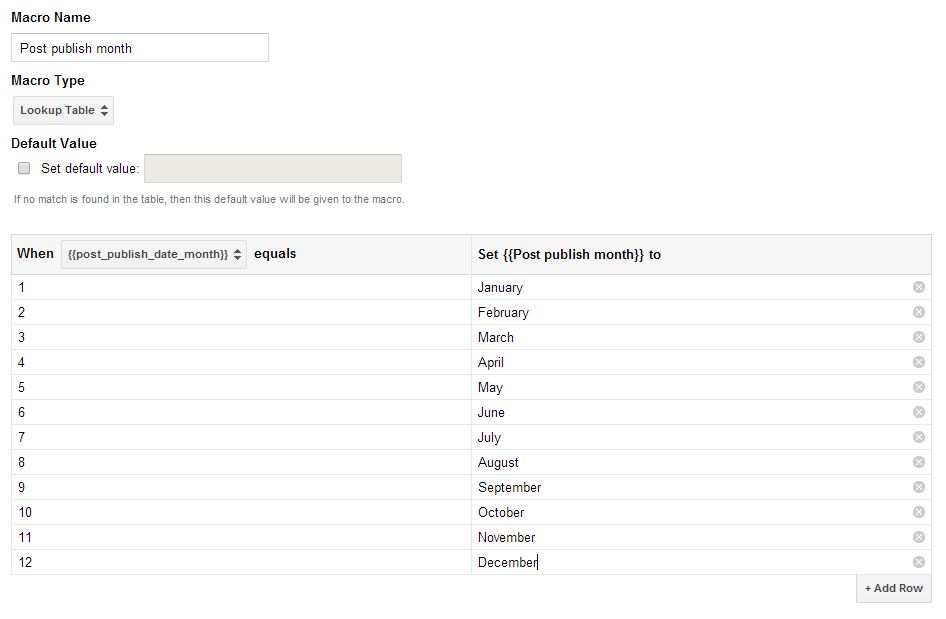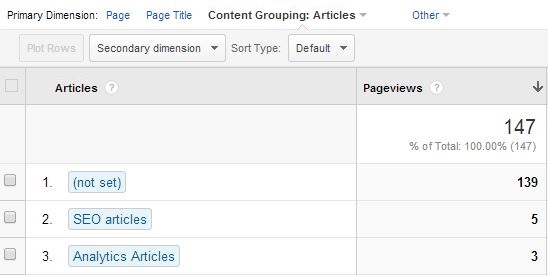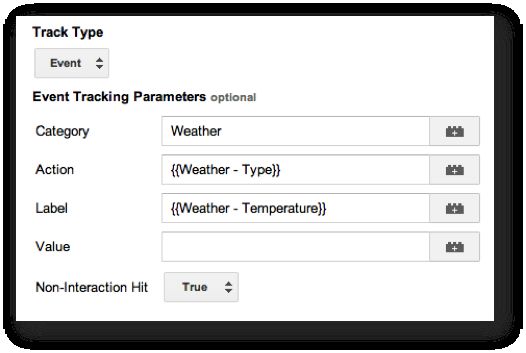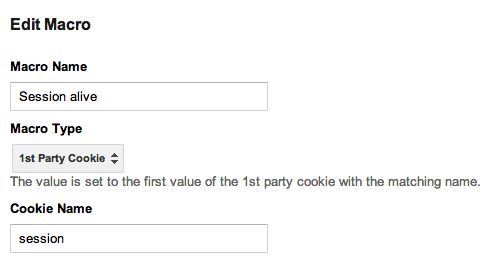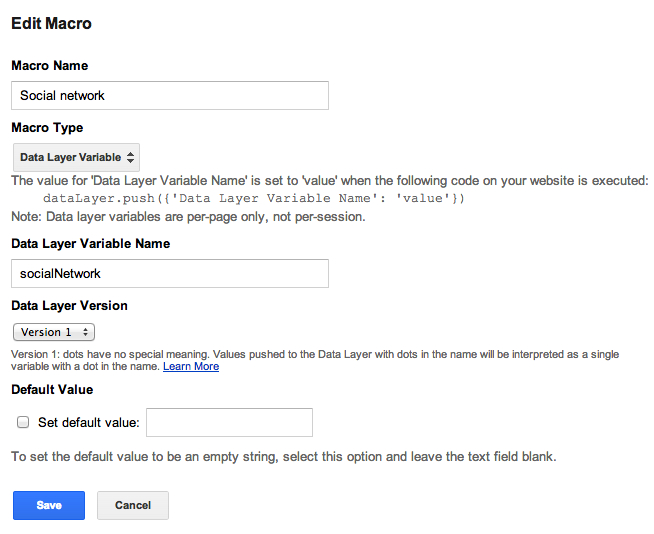Having just come hot of the press with my latest article on GTM and Content Grouping which, to my delight, Bounteous had written an amazing tutorial on earlier, Brian Kuhn and the amazing Google Tag Manager development team came out with another incredible new feature: The Lookup Table Macro.
In software engineering, a lookup table is an array which takes away a layer of complexity in runtime computation, and replaces it with a simple value assignment based on array indexing.
